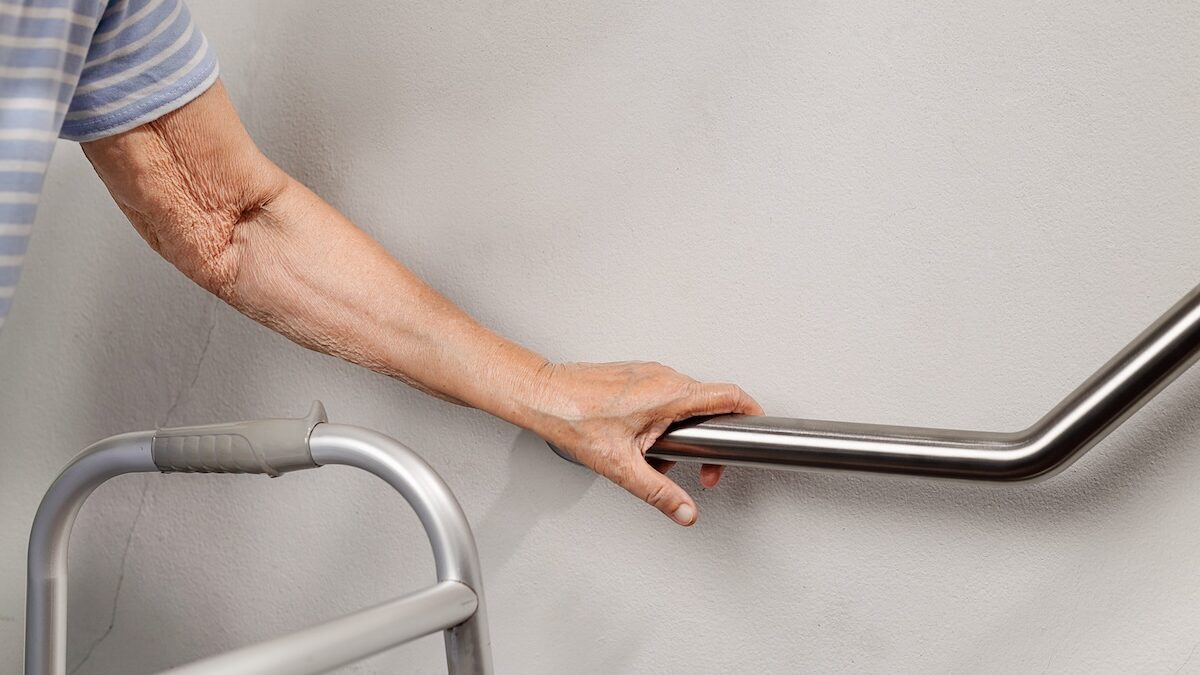A digital falls prevention platform hosted by NHS Greater Glasgow and Clyde has secured funding to move into a trial phase.
The No Need To Fall project, designed by those with experience of falls, and the healthcare staff who support them, will work with 20 patients in Lanarkshire ahead of an expected national rollout.
The project, which started in September 2023 and will run until the end of this year, explores how technology can be used to address and improve people’s daily care and support needs, and the response if and when there is an incident.
No Need To Fall is being managed through the West of Scotland Innovation Hub (WoSIH), which is hosted by NHS Greater Glasgow and Clyde in partnership with West of Scotland health boards in Lanarkshire, Ayrshire and Arran, Dumfries and Galloway and Forth Valley.
During this phase, a digital space will be provided for people to have information about themselves stored in ways that are secure and only they control in a ‘personal data store’
Dr Ana Talbot, WoSIH innovation fellow for frailty and falls and consultant in older adult medicine with NHS Lanarkshire, is leading the project in collaboration with the Digital Health & Care Innovation Centre (DHI), North and South Lanarkshire Health and Social Care Partnerships and the University of Strathclyde, as well as six local and national voluntary sector charities.
She said: “Our No Need To Fall project is seeking to provide a digital solution that helps to prevent falls, and is also empowering and supportive to the individual. As we move into phase three, we will trial a personal data store to shape and tailor the support offered.
“In collaboration with partner organisations, I am pleased we are moving forward with the next stage of this project to improve outcomes for people with the highest risk of falls.”
Chaloner Chute, chief technology officer, Digital Health & Care Innovation Centre, said: “This project is helping us understand how to support effective self-management for those at risk of falls.
“Digital tools will allow us to better integrate support between the person, their family and other informal or formal care and support providers.
“This should help us keep people thriving and independent in their own homes for longer and reduce pressures on strained public services.”




